Seminar: New Interfaces
Tutor: Paolo Gambardella
Students: Margarita Moshonkina, Alp Giray Kose, Mithun Basil P.
GAME DESIGN
Short Description
HESTIA is a multiplayer platform game, where the player will admit city problems according to aesthetic and solve these problems with their designs.
Target Audience
1.This game is for citizens.
2.We planned to make an attention to this game with social media, physical advertising (like posters, architectural competitions etc).
3. There is not a limitation of players.
4. To redesign not good-looking part of the city.
5. The type is Achievers.
6. The interaction pattern is Multilateral Competition.
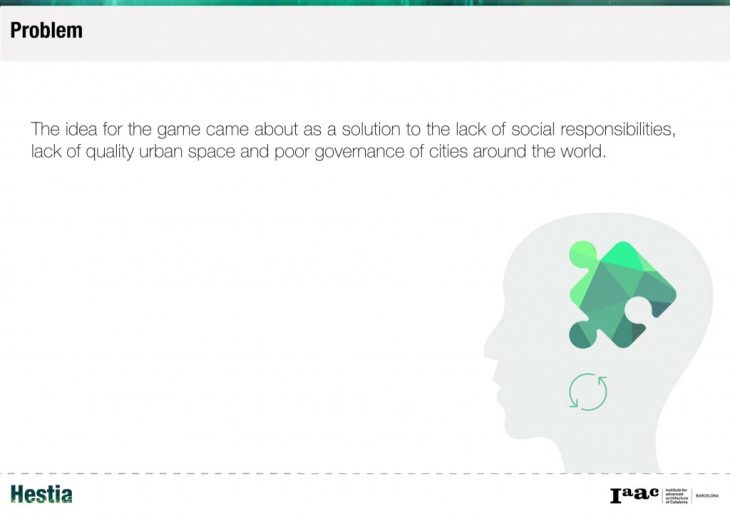
Problem
Goals
Creating an aesthetic city with collaboration between players.
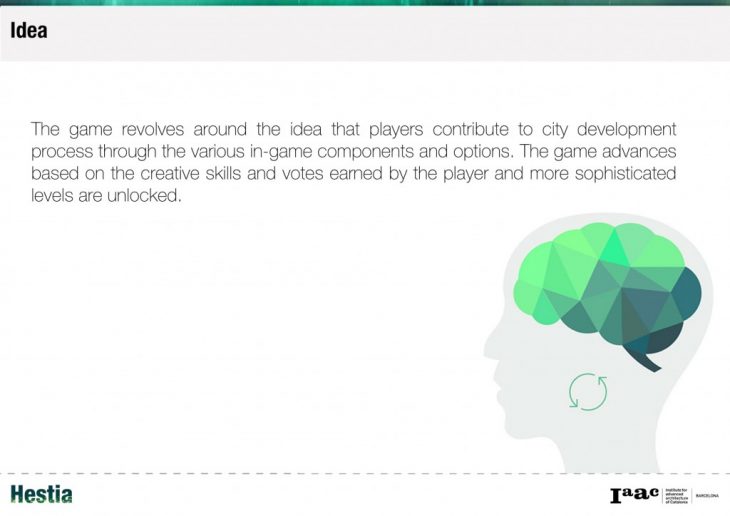
Game Flow
The first action:
If you see aesthetic problematic part of the city you can to take a picture and submit it to the game or check pictures from other players.
If you take pictures you can achieve «observer achievment».
If you adapt others pictures you can achieve «adaption achievment».
Methods:
Player need to make a design for pictures and put it to game competition and get others players votes or vote for others players designs.
How can you do your own design?
Players will use the standard material library and also have an opportunity to expand their library with coins.
Important note:
Designs which has the most votes are going to be constructed.
Other opportunities:
Players have a platform where they can share their opinions and discuss all topics about the game and the city.
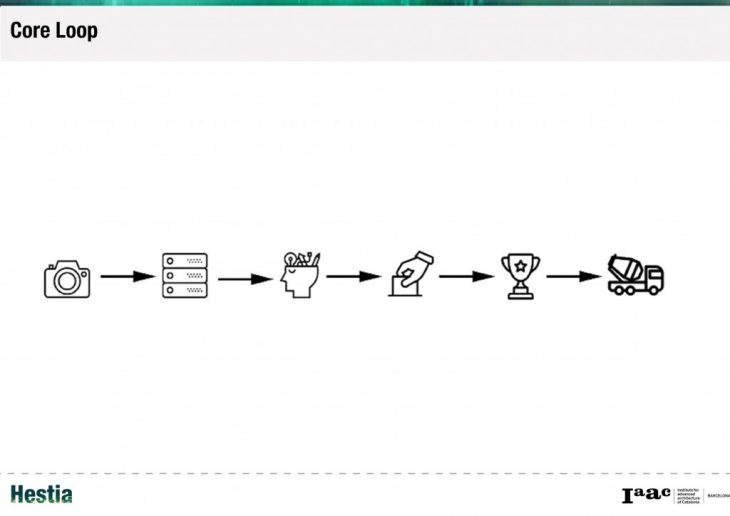
Rules
1.Players should take pictures to get achievements and coins.
-
Using other players pictures
-
Make a design to get achievements and coins.
-
Vote for a design to get achievements and coins.
-
Players need to use coins to buy new materials.
Bounding rules:
-
Players can’t submit the same places pictures as other players.
-
Players can’t submit pictures from other platforms
-
Players can’t copy other players designs.
Our trigger is:
Players designs can be real.
Resources
Everytime players make an action they will get coins. These coins can be used to purchase libraries. If the player doesn’t have coins to buy libraries, the player should make a game action.
Boundaries
Players’ designs cannot be constructed in real life unless players won the competition If a player wins the competition their design becomes real and separation between game and reality disappears. Game Boundaries is only about coins.
Outcome and rewards
Every time you won a competition you will get more coins and also your design can be constructed. Players can level up by a number of implemented designs. Giving players to opportunity change their surroundings with their help is our driving force.
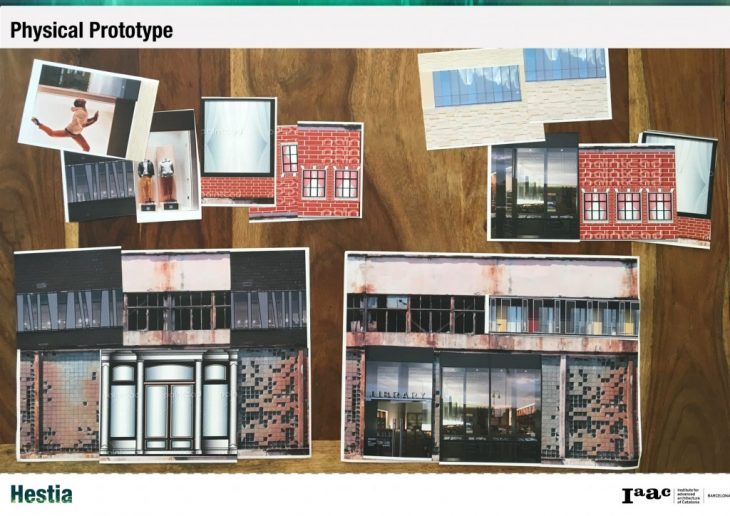
Physical prototype
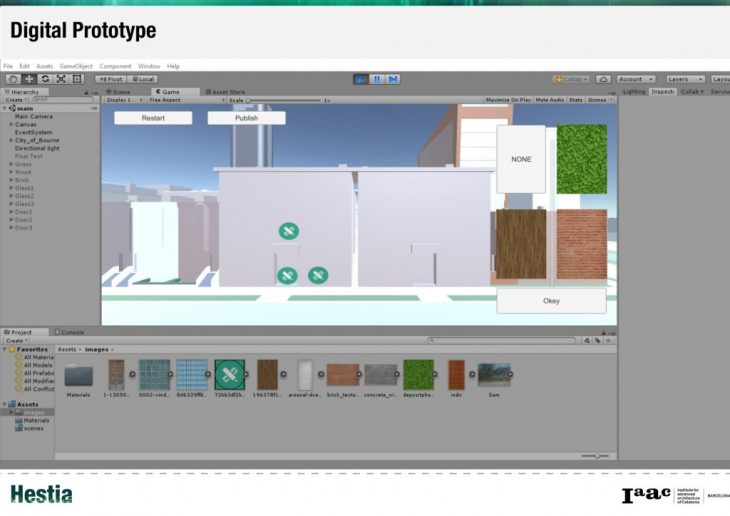
Digital prototype
